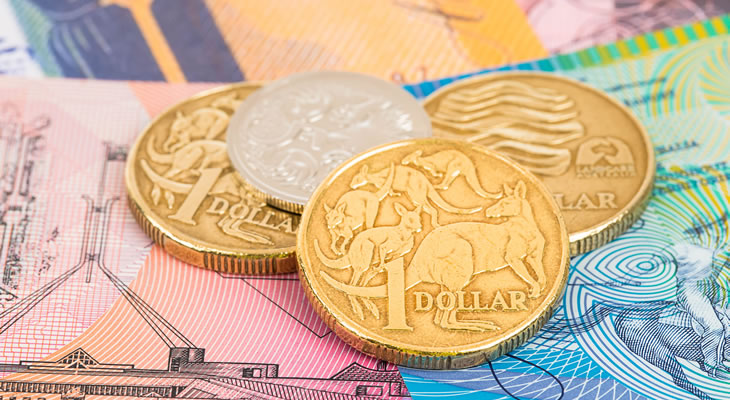The Pound Sterling to Australian Dollar (GBP/AUD) exchange rate softened as UK GDP data came in below expectations and the nations current account deficit rose sharply.
U.K. GDP rose 0.7% in the third quarter, in line with expectations and down from a 0.8% growth rate in the three months to June.
Year-on-year, the U.K. economy grew at a rate of 3.6% in the last quarter, above expectations for growth of 3.0% and unchanged from the second quarter’s revised rate, which had initially been estimated at 3.0%.
Earlier on Tuesday, the Pound Sterling to Australian Dollar (GBP/AUD) exchange rate strengthened as economists focus upon upcoming UK Gross Domestic Product (GDP) data and as commodity prices remained weaker.
As the session progressed the Pound Sterling to Australian Dollar (GBP/AUD) remained trading a tight range as activity in the currency markets was muted due to the run up to the Christmas and New Year holiday period.
Earlier the Pound Sterling to Australian Dollar (GBP/AUD) exchange rate was little changed on Monday due to a lack of economic data and as the markets wind down for the Christmas and New Year holiday period.
Commodity Price Fall Forecast to Weigh on Australian Dollar Exchange Rate
With the Christmas break fast approaching the markets are forecast to see relatively light trading as many market participants wind down for the holiday period.
As the currency market slows, investors will likely have little incentive to trade.
John Peters, senior economist at Commonwealth Bank in Sydney, said: ‘Commodity currencies, like the AUD and NZD , could remain under downward pressure until commodity prices stabilise.’
Commodity prices look set to remain weak going into the New Year and the ‘Aussie’ is forecast to continue its downward momentum against Sterling and the US Dollar as a result.
The Australian Department of Industry cut its iron ore price estimate for 2015 by a massive 33%, as a glut in output continues to outstrip demand from manufacturing powerhouses such as China.
Prices of Australia’s most exported commodity are set to average $63 per metric ton.
‘The current market oversupply is expected to prevail through the start of 2015 in response to a likely ongoing cyclical downturn in China’s housing sector. More of China’s production is expected to exit the market, particularly over the northern winter. A longer period of even lower iron ore prices may be required than previously expected to push supply out of the market,’ said the report compiled by the Department.
Oil prices meanwhile firmed for a second day after Saudi Arabia said that it was confident that prices would recover as due to increased demand from global economic growth. The news offered some support to the commodity based currencies.
Sterling Exchange Rate Finds Little Support
The Pound meanwhile found little support from data released by the CBI, which showed that half of UK firms were planning to expand their work forces next year.
Bank of England (BoE) policy maker Martin Weale also said that pay is likely to rise over the course of 2015, suggesting that the Bank should hike interest rates next year.
Pound Sterling to Australian Dollar Exchange Rate
The Pound Sterling to Australian Dollar Exchange Rate Hit a Session High of 1.9266
The Pound Sterling to Australian Dollar Exchange Rate Hit a Session Low of 1.9161
The Pound Sterling to Australian Dollar Exchange Rate Was Trading in the Region of 1.9201

